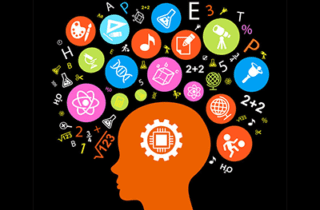The principles of learning have been around for centuries while only in the last 20 to 30 years has the science of learning been studied. According to Paul W. Ownby, Senior Product Manager at Learning.com, during a recent edWebinar, the science of learning focuses on how we learn and how we can maximize the retention and storage of information in our brains. By engaging all three areas of the brain, thinking (pre-frontal), sensing (sensory), and feeling (limbic system), thinking, creativity and identity skills are activated and maximum learning occurs. Leveraging the science of learning, classroom educators can design content activities that are efficient, engaging, model persistence, and reinforce student identity.
post-icon
Presenters will share trends from the Navigating the Digital Shift research paper, provide an overview of the Digital Instructional Materials Acquisition Policies for States (DMAPS) online database, and explain how their state or district has transitioned to digital instructional materials. After the presentation there will be a questions and answers session.



